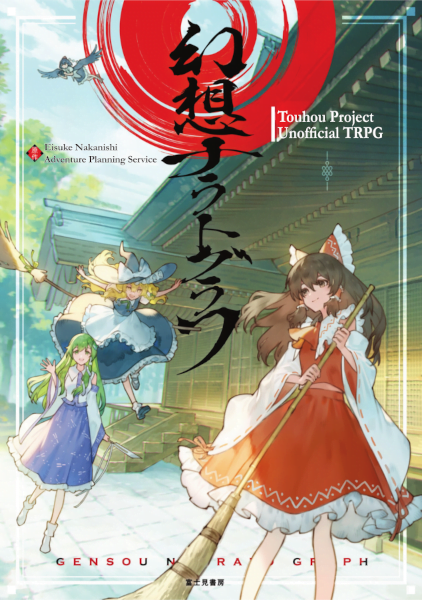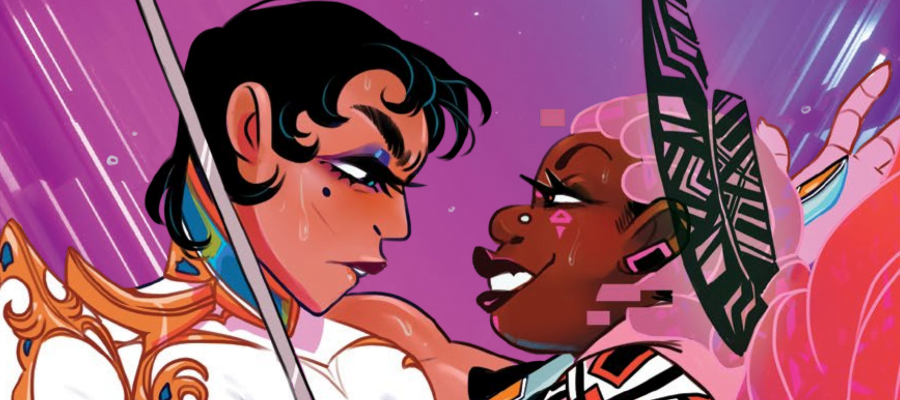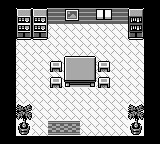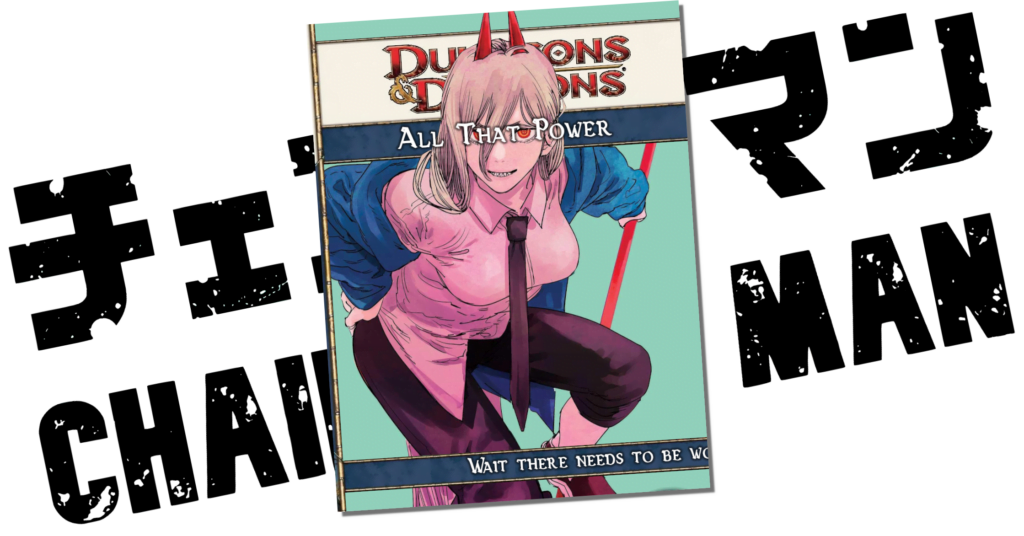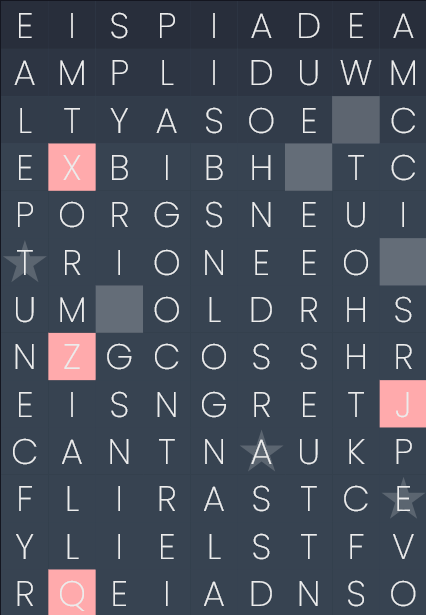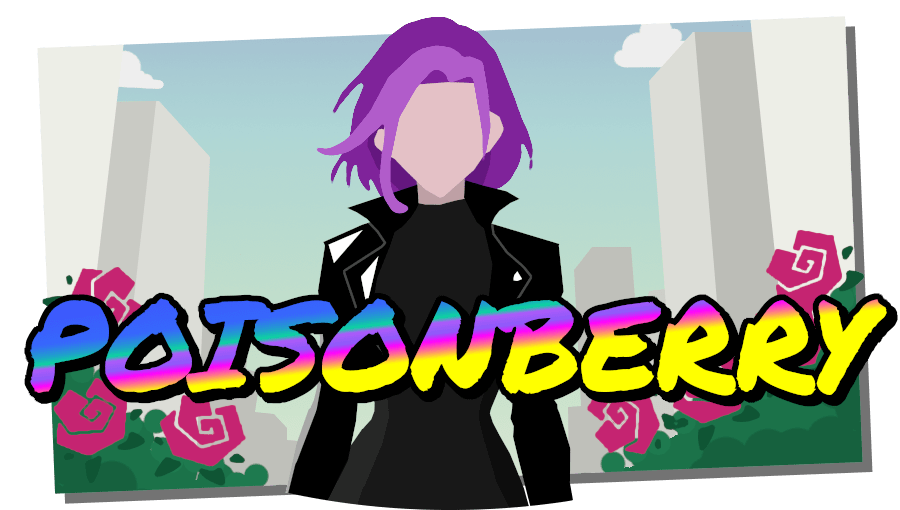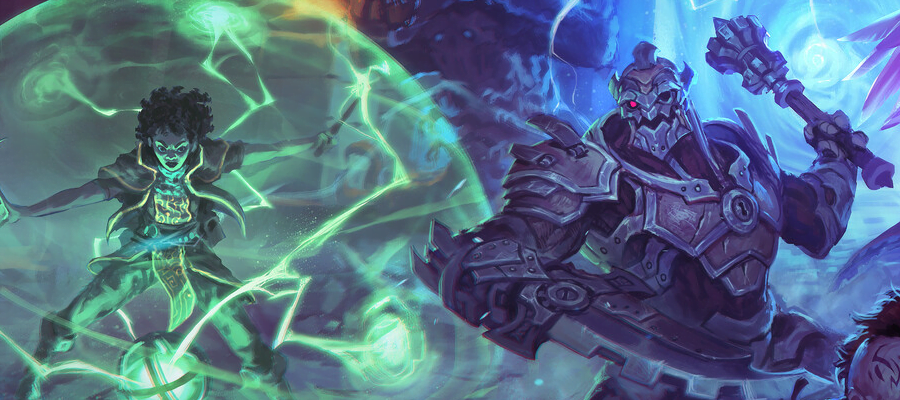Vox Maxima Gallery 2: The Kraivh Empire
The world is broken; wounded, and one in seven in the entire empire expunged. A billion are missing and amongst them were workers, guards, scholars — and those missing people have left a wound across the entire world. Thankfully, the strong leadership, the head of the Kraivh Assembly, have been able to hold the institutions of the world strong in this great, yawning disappearance.
The armies of the Kraivh defend the borders. The Osteotheruges pick through the graves and memorials, trying to find the truth that has been lost. And even Emperor Kraivh, The Eternal Undying himself has assigned his closest blood to the quest of solving the great question, beginning the quest meant to solve that mystery, and in the process, bring back a satisfactory answer to be spoken in in the Vox Maxima.
Vox Maxima is a custom magic set created by Talen Lee. It’s composed of 187 cards, with 71 commons, 60 uncommons, 41 rares, and 15 mythic rares. Vox Decima is a custom Magic: The Gathering set, with at least one card spoiled a day, on Cohost, Kind.Social, and the r/custommagic subreddit.
WOTC Employees: This post in full presents unsolicited custom Magic: The Gathering card designs, which I understand current employee practices forbid you from looking at unsolicited. You shouldn’t be here!
Continue Reading →Game Pile: Gensou Narratograph
I’ve spoken in the past about the sprawling storytelling tradition of the Touhou Project. If you’re unfamiliar, the way I consider Touhou is not a series of videogames or even a franchise as you might conventionally interpret it, but rather a sort of communally shared storytelling space created by a large body of uncapitalised creative sources. Despite the fact that Touhou is the product of, initially, the work of one person (working in concert with an audience and then a community), it isn’t really reasonable to call it a franchise or even a universe. Those things imply a structure, a sort of coherence or an overarching ownership, and that’s something that Touhou absolutely does not have.
What Touhou has is a community and that community connect with other members of their community in almost any communication media you can find. It’s games, sure but it’s also doujinshi, fanfiction, fan art and in pretty much every single place people can create stuff, you’re going to see people creating something Touhou adjacent. In this way, Touhou stretches from a source point out and into pretty much every single other place people can be. I don’t have any proof but I’m confident that someone on the Antarctic Research Station of some country or another had a Marisa sticker inside their backpack or whatever.
Touhou is a lot of things, which is to say, I better watch my mouth. What I think I can say, pretty unreservedly, is that Touhou is distinct. Touhou material does not tend to look like or present itself as anything but Touhou. There are other materials full of girls who look like they’re twelve and wear numerous petticoats and ostentatious hats, but most of them succeed at looking like Touhou and not so much like their own thing distinct from Touhou.
What Touhou makes tends to be made for an audience of Touhou fans, which is why some of the games have a reputation of being brutally, comically hard. There’s a sort of deliberate alienation at work: Don’t you dare ask Touhou to change for you, you need to change for Touhou! Yeah the game is unfair and hard and you can’t get the good ending if you can’t skate through these bullets right, that’s how we like it! That’s how you know you’re a real fan!
(This is not really how they talk)
(most of the time)
(Since they left 4chan)
Anyway it’s this pre-existing weirdoscape that gave rise to what is, to my eye, simply the strangest goddamn Tabletop Roleplaying game I’ve ever seen.
Content Warning: I’m not really a Touhou fan and this game doesn’t change my opinion of it. If you’re heavily invested in this game being a good game and want to see me praise it, you won’t, so it’s probably best to just jog on.
Continue Reading →How To Be: Cassandra and Rapunzel from Tangled (In 4e D&D)
In How To Be we’re going to look at a variety of characters from Not D&D and conceptualise how you might go about making a version of that character in the form of D&D that matters on this blog, D&D 4th Edition. Our guidelines are as follows:
- This is going to be a brief rundown of ways to make a character that ‘feels’ like the source character
- This isn’t meant to be comprehensive or authoritative but as a creative exercise
- While not every character can work immediately out of the box, the aim is to make sure they have a character ‘feel’ as soon as possible
- The character has to have the ‘feeling’ of the character by at least midway through Heroic
When building characters in 4th Edition it’s worth remembering that there are a lot of different ways to do the same basic thing. This isn’t going to be comprehensive, or even particularly fleshed out, and instead give you some places to start when you want to make something.
Another thing to remember is that 4e characters tend to be more about collected interactions of groups of things – it’s not that you get a build with specific rules about what you have to take, and when, and why, like you’re lockpicking your way through a design in the hopes of getting an overlap eventually. Character building is about packages, not programs, and we’ll talk about some packages and reference them going forwards.
You know the story of Rapunzel? The kid’s story about a girl with long hair in a tower which you can tell as a bedtime story and it takes maybe ten minutes, fifteen if you’re doing a lot with the voices and details and want to make the witch’s end really grisly? Well, yeah, turns out that got a movie back in the day and then that movie got a TV series and that TV series kicks ass, and so for this Smooch Month, I decided to try and make an article about base-level optimising choices for a pair of characters, a battle couple. In this case, one of those Battle Couple members is Rapunzel, the hero of the story Rapunzel, and the other is, uh
Her name’s Cass.
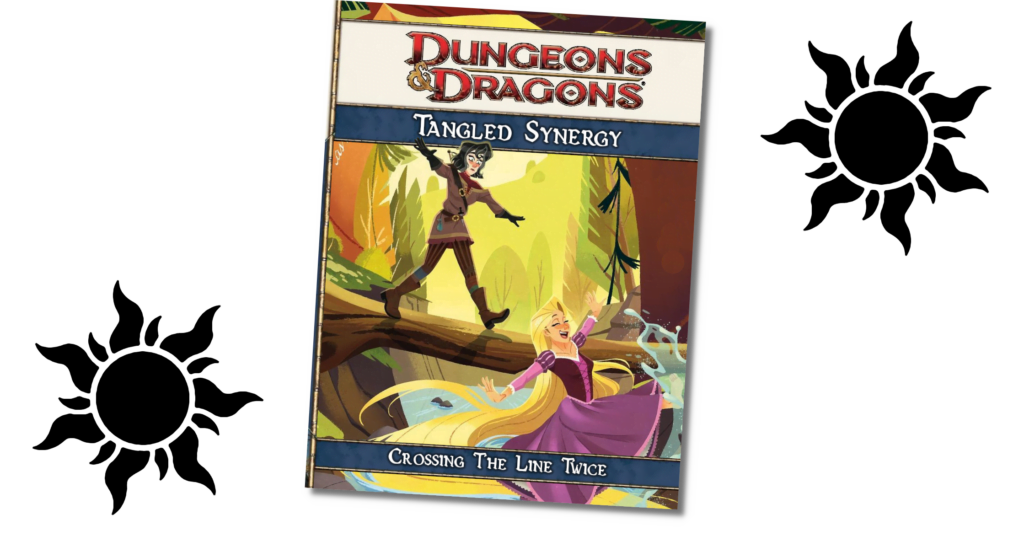
And hey, I’m going to talk about some spoilers for a kid’s cartoon you probably didn’t watch but I do like it and I think if you care about spoilers, well you should watch it without me being the way you find out about the third story arc of the TV series and what it means okay byeee.
Continue Reading →Game Pile: Hinedere Beat
FFXIV: Rin Stormenni
This is an explanatory writeup of one of my Original Characters (OCs). Nothing here is necessarily related to a meaningful fiction you should recognise and is shared because I think my OCs are cool and it’s cool to talk about OCs you make.
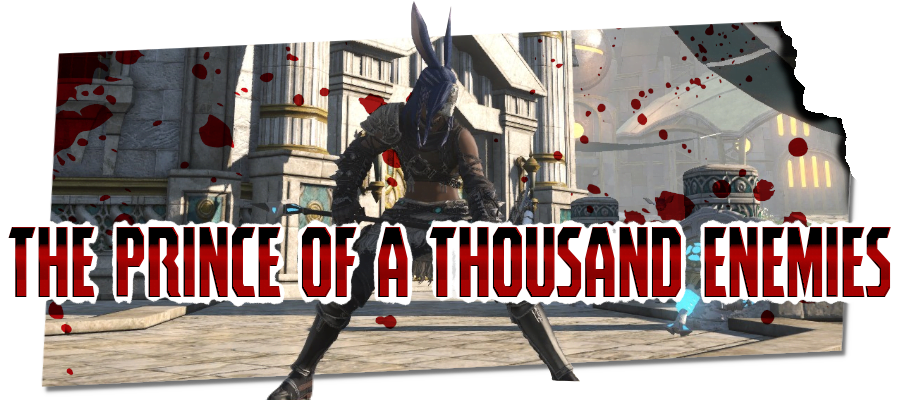
“If you follow this path, of this abyss of love, then you must do it knowing. You will be bane, outcast, criminal, rival, sinner. All the world will hate you, young one, and you will have no kingdom but that of strife.”
The young man beamed, dripping still with tyrant’s blood.
“Then I shall be the Prince of a Thousand Enemies.”
Self-made outcast. Valiant crusader. End of days. Bun goes hop.
It’s not arrogance if it’s justified.
Continue Reading →‘These Two Provinces Should Kiss’
Let me talk to you about Cobrin’Seil, a big country, a big war, and something gay.
Continue Reading →A Mechanic For Love
Hey, have I shown you this already?

This is a card that’s meant to represent a piece in a worker placement game, where the pieces also represent the places they’re meant to be placed. And I think this might be a game where your workers can date other people’s workers.
Continue Reading →Game Pile: Thirsty Sword Lesbians
I feel ill equipped to even examine this book.
I do not think I am considered aesthetically or in my presentation particularly thirsty, I own no swords nor do I feel that that’s a deeply spiritual failing on my part, and I am not in any but the most technically accepting and deliberately broad definition an lesbians. I’m not asking for anyone to change the qualifications on my part.
“Ah,” you may glibly say, “Talen, that doesn’t mean you have to be those things to participate in this game,” okay, cool, great, thank you for explaining the basics of fiction to me. I can understand that that’s something you may feel you have to do with my demonstration of difficulty grappling with that.
Come along, and maybe you’ll learn more about me by listening to me, as I talk about this book, and the game it ostensibly is about.
Continue Reading →MTG: Wife Guy Decks
There are 43 legendary creature cards in Magic: The Gathering that use the word ‘And’ in their name, which is used to represent a pair of creatures. For a number of them, like Firesong and Sunspeaker, or Tibor and Lumia, these cards represent relatives, and I have done my best to check for these, and also the pairing with actual children in them. Here then presented are ten different decks where your commander represents some measure of Wife Guyness.
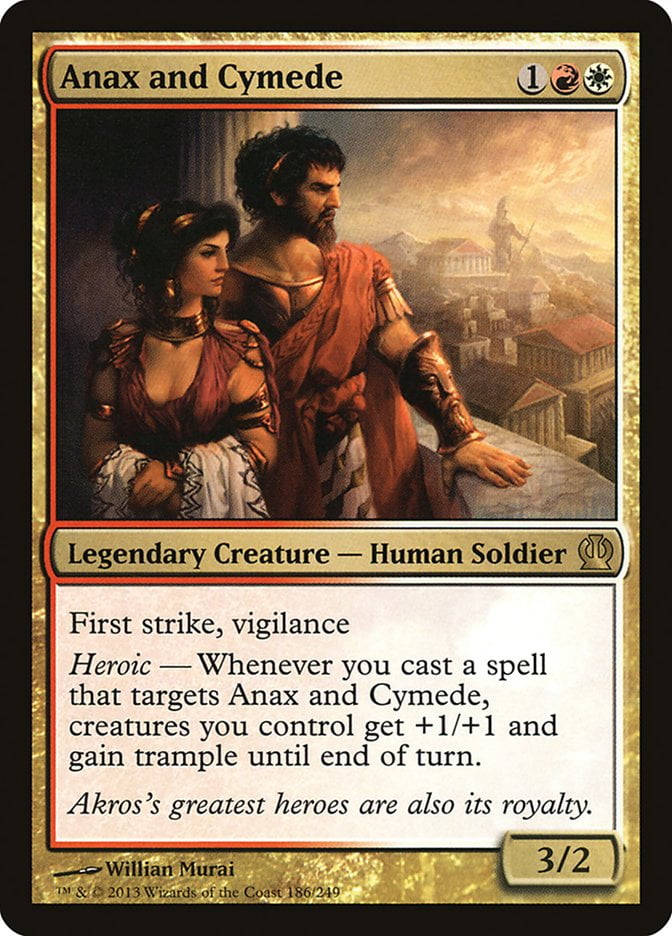
How do Pokemon Breed?
I’m something of an originalist in Pokemon. I think that the games are the core of what the narrative flows from and everything else is flexible story that builds on that. What’s more, in Pokemon, people can say things, but there’s nothing saying that they’re right. People are wrong all the time in Pokemon, and sometimes people even lie to the player characters, to themselves, or to one another. What’s more, the player character is a kid, somewhat, but also a kid who is experimenting with and learning about Pokemon training and breeding, so chances are good, people would explain the useful things to them.
But they don’t.
Continue Reading →3e: The Love Potion
We’re all kind of on the page that ‘love potions’ in stories are probably bad, right?
Those things that you could buy in 3e as a cheap, disposable magical item?
Continue Reading →Game Pile: Ouendan (Video)
Thumbnail and script below the fold!
Continue Reading →4e For Two
A common complaint amongst fans of Dungeons And Or Dragons is that organising a playgroup is hard. It’s a game with a lot of investment, a lot you can do outside the game to play with it, and people love to play with it in those ways – I mean what are these articles if not me playing with D&D when I’m not playing D&D? – but there’s a thing that people talk about from time to time when trying to circumvent the challenges of running D&D which is:
What if D&D but fewer players?
Continue Reading →Vox Maxima Story Spotlight 1 — All The Emperor’s Daughters
What follows here is a discussion of what, if I had the means and writer tools to make my Custom Magic set have proper story spotlight material, it’d look like this, it’d be built out of this. This is basically about story mechanics underlying a game system, and I want to present it to you so you can have a handle on what it looks like when I’m trying to explain game narratives for the presentation of conventional narratives.
This first section is going to be the establishing shot; it discusses the characters that are going to be introduced, the goals of this story section, and then the beats of the story that the writer can then take as their subsequent storytelling. This helps inform character dynamics for flavour text and the later appearances of characters on cards.
Vox Maxima is a custom magic set created by Talen Lee. It’s composed of 187 cards, with 71 commons, 60 uncommons, 41 rares, and 15 mythic rares. Vox Decima is a custom Magic: The Gathering set, with at least one card spoiled a day, on Cohost, Kind.Social, and the r/custommagic subreddit.
WOTC Employees: This post in full presents unsolicited custom Magic: The Gathering card designs, which I understand current employee practices forbid you from looking at unsolicited. You shouldn’t be here!
Continue Reading →Vox Maxima Gallery 1: The Emperor’s World
Ten years, ten long years of life, disappeared from the collective memory of all citizens of the world. People blink and wake up, seeing about themselves a world defined by new factions, new ideas, and new technologies, many of which they may have even had their hand in inventing.
Where am I? What’s going on? This isn’t the body I remembered, people don’t call me the name I remember – what has happened to us.
This is the new world of the Vox Maxima – waking up the moment after, all the anxieties of before confronting a new world, and a new life. What is this world, and what is present here? What is strange and what is it that your damaged memory can manage as being somehow normal?
Vox Maxima is a custom magic set created by Talen Lee. It’s composed of 187 cards, with 71 commons, 60 uncommons, 41 rares, and 15 mythic rares. Vox Decima is a custom Magic: The Gathering set, with at least one card spoiled a day, on Cohost, Kind.Social, and the r/custommagic subreddit.
WOTC Employees: This post in full presents unsolicited custom Magic: The Gathering card designs, which I understand current employee practices forbid you from looking at unsolicited. You shouldn’t be here!
Continue Reading →Game Pile: Dream Crush
Back before you, satistically, were born, there was this thing called The Nineteen Hundred and Eighties. These are defined by nobody my age properly remembering them and attributing all sorts of things to them that didn’t necessarily exist. But also in that space, there were things like dating TV game shows, which took off in the 1970s and were petering out by the 80s.
Oh okay, so a dating TV game show is a TV game show where the premise is one of the prizes is a really cool date, and you win it by picking one of the potential dates and going out together.
Oh, so a TV game show is a type of game where the game is played primarily on TV, for an audience and—
Oh okay, so a TV is like a really big phone that only could receive streams from five people—
Anyway, the board game Dream Crush.
Continue Reading →For Love Of Novelty
There’s this idea in board game discourse of ‘the cult of the new.’ I’m sure it exists elsewhere, but I can see it very much in the culture of spaces like BoardgameGeek, and I always like making fun of that site, so I shall do so. The idea is that new things get more attention and are considered more worthy than old things, and this is true even if the old things aren’t actually all that old. At the time of writing, the oldest game in the BoardgameGeek top 10 is War of the Ring: Second Edition, which is from 2011. While sure, 2011 is 13 years ago, it is pretty interesting that this is a hobby with important representatives from the 1960s, 1920s, 1880s, and then we get into things like Chess and everything gets weird.
And it isn’t just that these older games like Uno and Scrabble aren’t considered part of the ranking system on BoardgameGeek, that the site is categorically unrelated. They absolutely are, and you can see their place in the rating system that they have. It’s a funny thing that I’ve spoken about called the tail of spite, and a smarter scientist than I have written about it.
Continue Reading →Game Pile: Gene Wars (Video!)
Here’s the video:
4e: Backgrounds Are Weird
Hey, do you know how character Backgrounds work in 4e?
Because chances are you kinda don’t know, and I’m a great big 4e nerd and I’m not sure how they work either.
Continue Reading →How To Be: Power (in 4e D&D)
In How To Be we’re going to look at a variety of characters from Not D&D and conceptualise how you might go about making a version of that character in the form of D&D that matters on this blog, D&D 4th Edition. Our guidelines are as follows:
- This is going to be a brief rundown of ways to make a character that ‘feels’ like the source character
- This isn’t meant to be comprehensive or authoritative but as a creative exercise
- While not every character can work immediately out of the box, the aim is to make sure they have a character ‘feel’ as soon as possible
- The character has to have the ‘feeling’ of the character by at least midway through Heroic
When building characters in 4th Edition it’s worth remembering that there are a lot of different ways to do the same basic thing. This isn’t going to be comprehensive, or even particularly fleshed out, and instead give you some places to start when you want to make something.
Another thing to remember is that 4e characters tend to be more about collected interactions of groups of things – it’s not that you get a build with specific rules about what you have to take, and when, and why, like you’re lockpicking your way through a design in the hopes of getting an overlap eventually. Character building is about packages, not programs, and we’ll talk about some packages and reference them going forwards.
I suppose, in addition to any of the other standard comments you see from me in a How To Be post, I’m going to be mentioning some details from late in the story of Part 1 of Chainsaw Man. To that end, consider a spoiler warning in effect. You’re going to learn some stuff about how Power’s story goes, in general. No point by point, and I will keep the details broad, and if you’re interested in Chainsaw Man I do recommend you check it out. You know, if you don’t mind an action horror manga where discussing the character requires a mandatory Spoiler Warning I suppose.
Continue Reading →Speed in Pokemon
In the context of Pokemon competitive play, speed is not everything but it is a lot.
Continue Reading →Game Pile: Puzzmo
I was not at all prepared for the onslaught of time here.
Hey, have you heard of Puzzmo? It’s a website that does a bunch of engaging, carefully cultivated and constructed puzzle games, you know, like like the page from a newspaper, oh okay, okay, so a newspaper was, like, okay, back in the day, to inform you of things like mustache wax sales and the latest asbestos explosions, a company would take a tree, and, rice, slice it very thin, then press that flat, and then they’d roll it up and throw it at your house. At some point in this exchange, people made money doing this, and that the media ecosystem in which sample bridge hand games flourished, alongside crosswords and the entire Garfield media empire.
Anyway, Puzzmo is like that, as a reference frame, except, like, really good.
Continue Reading →Speed of Words
Hey, how fast can you get a message to the nearest major settlement you don’t live in?
I bring this up because I’m about to talk about fantasy worldbuilding, okay? We’re about to get into the cool dork stuff in a minute, but before we get going we’re going to wind up talking about a bunch of real world communication stuff that you may not have examined unless you’re like me and hang out with cool academics talking about it.
Continue Reading →CoX: Poisonberry
This is an explanatory writeup of one of my Original Characters (OCs). Nothing here is necessarily related to a meaningful fiction you should recognise and is shared because I think my OCs are cool and it’s cool to talk about OCs you make.
She goes by Risty, and her surname, well, you’re not going to find it on her ID, because you don’t get to see her ID, because what are you, a cop? But she’s got a hero identity – Poisonberry – that she carries over from her runaway days, a name you’ll see tagged on New England underpasses.
Girl’s a metronome, wildly swinging from withdrawn, sullen and snarling, to cocky, arrogant, and ten thousand percent. She may not think of herself as a superheroine, but she does know she’s sure as hell super.
Continue Reading →GDQ Is On, Masks Are Off
Sigh.
GDQ is happening! Excitement, yay!
But now I gotta talk about masks! Boo!
Continue Reading →Iron Hearts And Minds
When I talk about Cobrin’Seil and the people who live there, I do it in the context of I guess a kind of worldbuilder who wants to present heritages as whole sapient people who exist in a world and relate to that world materially. ‘A Wizard did it’ does not satisfy me. I do not like entirely magically sustained cultures, and I do not like the idea of cultures that have a singular personalised focus. I treat the heritages as if they have cultural stereotypes, which are based on interactions and communities, but I try to approach them as if they are creatures that exist in a world and interact with that world.
This approach is great when I’m starting out and filling out the broad spaces. What are humans? What are the things related to the humans? But the thing is, in D&D, character heritages aren’t just a worldbuilding entity, they’re also player pieces, mechanical objects that players want to interact with. They can range from important for entirely mechanical reasons (hi there, Dragonborn and Dwarf), or because of cultural prominence.
In this category fall today’s three examples: The Minotaur, the Warf*rged and the Giths. And I want to give a bit of a talk about what they are in Cobrin’Seil, but also, why players see them, and what that means for the world.
Continue Reading →Game Pile: Patreon and Channel Trailer Updates!
It’s a new year, so it’s time for two little updates to my video presence online: A new trailer for the Youtube channel, which is here:
And a new introduction video for my Patreon!
These are essentially packing peanuts for stuff I make, but I also have to make them. Leaving these things unchanged over a long time is a great way to leave old mistakes, old mindsets on things, and I think that every time I make something like this, I get a little bit better at making the next one.
There’s a script below the fold!
Continue Reading →3e: Monk Attacks
Have you ever encountered something where a system is evident but the language for discussing it isn’t?
Cast your mind back to the days of Dungeons & Dragons 3rd edition. No, not 3.5, the one that forms the basis for Pathfinder that people generally claim is ‘the good one’ before 4th edition (the best edition) came along. 3rd edition, the edition before 3.5, which is what it definitely was, was notable for being ‘the things people like about 3.5 D&D, but all quite a bit more shit.’
Know what was really bad in 3rd edition? Well, a lot of things, including Paladins, Rangers, Fighters, Barbarians, Bards, Half-Orcs, Half-Elves, Halflings and all but two melee weapons, but, in particular for this conversation, one class that was quite bad was the monk.
Continue Reading →MTG: The New Mechanics of 2023
2023 saw a lot of new Magic product, and of it, a lot of it I disliked. Since I don’t like the Phyrexians as a villain type, and I don’t like the implementation of D&D in Magic: The Gathering and I don’t like Urza, and I don’t like Lord of the Rings and I don’t like Dr Who, that meant that the release of Wilds of Eldraine marked a point where I finally had seen a release I didn’t actively hate for over a year. After getting Kamigawa Neon Dynasty and Streets of New Capenna I was so happy for how Wizards were handling new and old places, so you can imagine how irritated I was to watch them drive the flavour bus into the ditch of ‘eugenics grandpa’s sad feels’ again and park there.
But that doesn’t mean these sets with their terrible stories and annoying characters and embarrassing fandom sycophancy are necessarily bad. After all, they have individual cards I can appreciate and they can also have mechanics that I can poach and play with like legos. Setting aside my personal antipathy though, what about those sets yielded toys for me?
Continue Reading →MTG: Introducing — Vox Maxima
It is 917. You are anxious about the news. You knew things were going to go badly, but you didn’t know they’d be this bad. You run through the streets of the city, trying to get the feelings out of your heart, feeling your fingertips numb, the swell in your throat and the agony of knowing, of knowing this.
The world is going to end. Sometime in the next few years. Sometime soon.
It’s called the Necrocalypse. The actual specifics are confusing – there’s a confluence of so many magical factors, and it seems to be directly tied to activities of spellcasters. The same people who made the world you live in, with the towering, safe, well-cared for and healthy hallmarks of the life you lived were all at the expense of something… coming. Something eventual. Something inevitable.
You take in a deep, helpless breath.
You close your eyes.
You open your eyes. It is 927.
You stand in the bazaar, surrounded by the noise and sound of the clink of coins and the lowing of the camels and the other animals here for trade. Everyone around you hesitates too – you can see it, the moment that happened to everyone else. You know where you are – a Kraivh Cremains Bazaar, here to trade with the bone dust that drives the heart of the Kraivh Assembly’s great industrial and military engine…
… but you have no idea what you did yesterday.
Or the day before that.
Ten years of your life, disappeared, and ten years of everyone’s life.
Ten years missing.
What happened?
A DECADE LOST
You blinked, and ten years disappeared. The world is changed, with five factions grappling to contend with this new reality and its new crusades, rebuilding the missing time and what it means, in the great empire of the Kraivh Assembly.
A BILLION DEAD
One person in nine is gone. A whole Empire, spread across what were a host of countries, holds the world together, handling the tragedy. But as instantly as the Empire appeared, so to do its enemies – beset from without and within by threats to its tenuous stability. The machinery of war has been set in motion as everyone contends with the sudden, widespread loss of their time.
Planeswalkers are stranded, unable to Planeswalk away. The Emperor holds the Assembly together with both hands, turning to his daughters to quest to save the Empire. They travel the land, meeting its people, and trying to understand the words that destroyed a decade. They seek to express the Vox Maxima – the greatest voice.
Warning: Wizards employees, this post contains unsolicited designs of custom magic cards.
Continue Reading →USP-12: December’s Custom Cards
The coldest winds blow across the old ocean. The boats turn towards that widening gyre. The spiralling waters underneath the Palace of the dead buck and roil, as the players in place similarly whirl and dance around one another. Ullaine’s curse, the fascination with Planeswalkers, has a reckless cadre of resistant planeswalkers returning to the plane. The Outlanders have brought their war to the docks. The Vast are rising and coming with them are the greatest and oldest things that hate the designs of Gansukh, and all while a small number of heroes run into the Palace, to try and convince the Usurper that it’s time to go – or else.
The centre cannot hold.
Warning: Wizards employees, this post contains unsolicited designs of custom magic cards.
Continue Reading →
